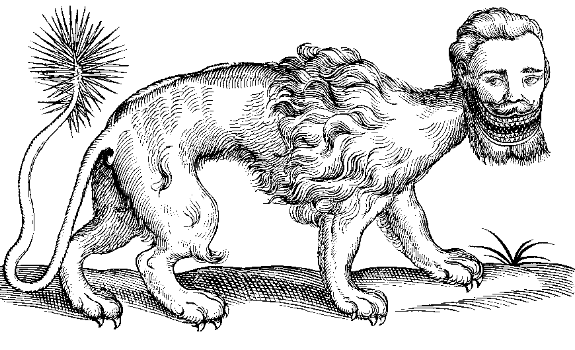Peri
"All human beings must in beauty yield
To you, a Peri I have ne'er beheld" - Saadi(One of the major Persian poets of the medieval period)
In Persian mythology, the Peri are descended from fallen angels who have been denied paradise until they have done penance. In earlier sources they are described as agents of evil; later, they are benevolent. They are exquisite, winged, fairy-like creatures ranking between angels and evil spirits. They sometimes visit the realm of mortals.
The Peri has been styled "the fairest creation of poetical imagination." No description can equal the beauty of the female Peri, and the highest compliment a Persian poet can pay a lady is to liken her to one of these lovely aerial beings.Thus Saadi, in the lines prefixed to this section, declares that only the beauty of a Peri can be compared with that of the fair one he addresses.
At the start of Ferdowsi's epic poem Shahnameh, "The Book of Kings", the divinity Sorush appears in the form of a Peri to warn Keyumars (the mythological first man and shah of the world) and his son Siamak of the threats posed by the destructive Ahriman. Peris also form part of the mythological army that Kaiumers eventually draws up to defeat Ahriman and his demonic son. In the Rostam and Sohrab section of the poem, Rostam's paramour, the princess Tahmina, is referred to as "Peri-faced" (since she is wearing a veil, the term Peri may include a secondary meaning of disguise or being hidden).

From this sublime system of religion probably arose the Peri or Fairy-system of modern Persia; and thus what was once taught by sages, and believed by monarchs, has shared the fate of everything human, and has sunk from its pristine rank to become the material and the machinery of poets and romancers. The wars waged by the fanatical successors of the Prophet, in which literature was confounded with idolatry, have deprived us of the means of judging of this system in its perfect form; and in what has been written respecting the Peries and their country since Persia has received the law of Mohammed, the admixture of the tenets and ideas of Islam is evidently perceptible. If, however, Orientalists be right in their interpretation of the name of Artaxerxes' queen, Parisatis, as Pari-zadeh (Peri-born), the Peri must be coeval with the religion of Zoroaster.
The Peries and Deevs of the modern Persians answer to the good and evil Jinn of the Arabs, of whose origin and nature we shall presently give an account. The same Suleymans ruled over them as over the Jinn, and both alike were punished for disobedience. It is difficult to say which is the original; but when we recollect in how much higher a state of culture the Persians were than the Arabs, and how well this view accords with their ancient system of religion, we shall feel inclined to believe that the Arabs were the borrowers, and that by mingling with the Persian system ideas derived from the Jews, that one was formed by them which is now the common property of all Moslems.
Peri, 1875 Kalighat painting:
https://upload.wikimedia.org/wikiped.../0/0e/Peri.jpg
Artwork by master Mahmoud Farshchian
Persian Mythical Creatures | Facebook







































 آغازگر جُستار
آغازگر جُستار
















 پاسخ با گفتآورد
پاسخ با گفتآورد










